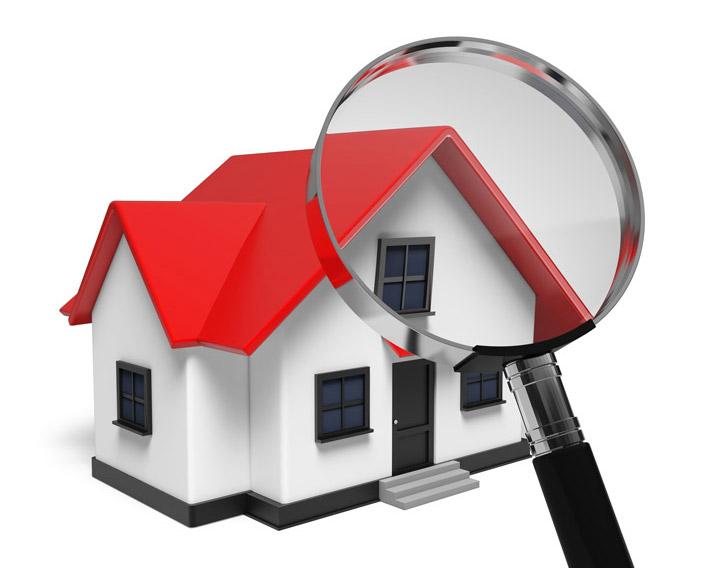
Understanding the Appraisal ProcessTheir home's purchase is the most significant financial decision most people could ever make. Whether it's a primary residence, an additional vacation property or a rental fixer upper, purchasing real property is an involved financial transaction that requires multiple people working in concert to see it through. You're likely to be familiar with the parties having a role in the transaction. The real estate agent is the most recognizable face in the transaction. Then, the bank provides the money needed to fund the exchange. And ensuring all requirements of the transaction are completed and that the title is clear to pass to the buyer from the seller is the title company. So, what party is responsible for making sure the real estate is worth the amount being paid? This is where you meet the appraiser. We provide an unbiased opinion of what a buyer might expect to pay — or a seller receive — for a property, where both buyer and seller are informed parties. A licensed, certified, professional appraiser from C&C Appraisal Services, Inc. will ensure, you as an interested party, are informed. The inspection is where an appraisal startsOur first responsibility at C&C Appraisal Services, Inc. is to inspect the property to determine its true status. We must see features first hand, such as the number of bedrooms and bathrooms, the location, living areas, etc, to ensure they indeed exist and are in the condition a typical buyer would expect them to be. To make sure the stated square footage is accurate and convey the layout of the home, the inspection often entails creating a sketch of the floorplan. Most importantly, the appraiser identifies any obvious amenities - or defects - that would affect the value of the property. Once the site has been inspected, an appraiser uses two or three approaches to determining the value of the property: a sales comparison, a replacement cost calculation, and an income approach when rental properties are prevalent. 
Cost ApproachThis is where we pull information on local building costs, the cost of labor and other factors to figure out how much it would cost to replace the property being appraised. This value usually sets the upper limit on what a property would sell for. It's also the least used method. 
Analyzing Comparable SalesAppraisers become very familiar with the subdivisions in which they appraise. They innately understand the value of particular features to the homeowners of that area. Then, the appraiser researches recent sales in the area and finds properties which are 'comparable' to the subject in question. By assigning a dollar value to certain items such as square footage, extra bathrooms, hardwood floors, fireplaces or view lots (just to name a few), we add or subtract from each comparable's sales price so that they are more accurately in line with the features of subject property.
An opinion of what the subject might sell for can only be determined once all differences between the comps and the subject have been evaluated. At C&C Appraisal Services, Inc., we are experts in knowing the value of real estate features in Castaic and Los Angeles County neighborhoods. The sales comparison approach to value is typically given the most consideration when an appraisal is for a home exchange. Valuation Using the Income ApproachA third method of valuing a house is sometimes used when a neighborhood has a reasonable number of rental properties. In this scenario, the amount of income the property yields is factored in with other rents in the area for comparable properties to derive the current value. Putting It All TogetherExamining the data from all approaches, the appraiser is then ready to document an estimated market value for the property at hand. The estimate of value on the appraisal report is not necessarily what's being paid for the property even though it is likely the best indication of what a property is worth. Depending on the specific situations of the buyer or seller, their level of urgency or a buyer's desire for that exact property, the closing price of a home can always be driven up or down.But the appraised value is typically employed as a guideline for lenders who don't want to loan a buyer more money than the property is actually worth. At the end of the day, an appraiser from C&C Appraisal Services, Inc. will guarantee you discover the most fair and balanced property value, so you can make profitable real estate decisions. |